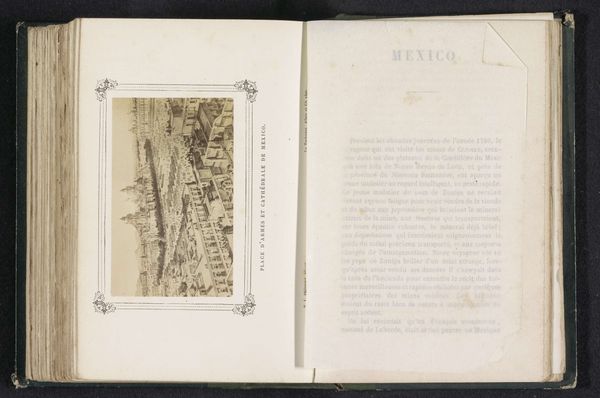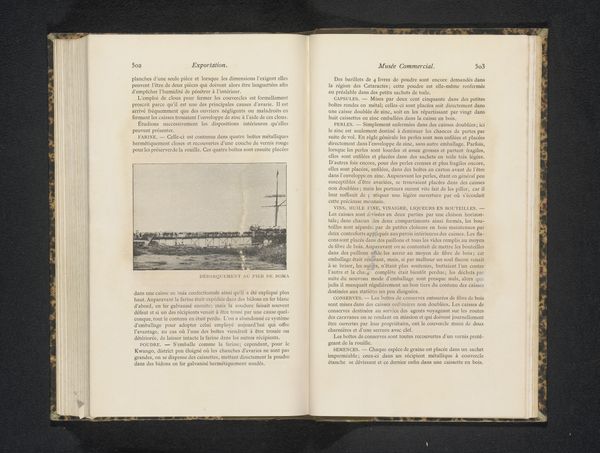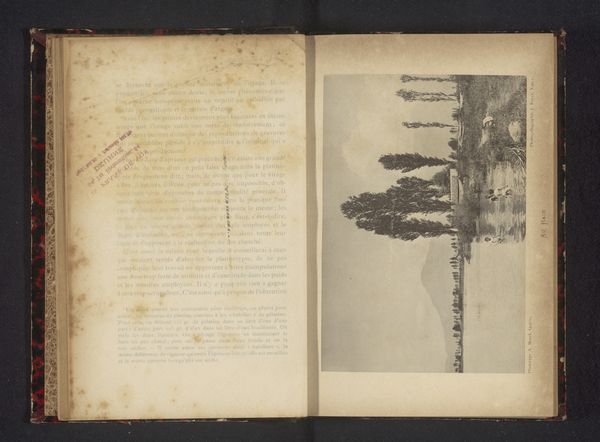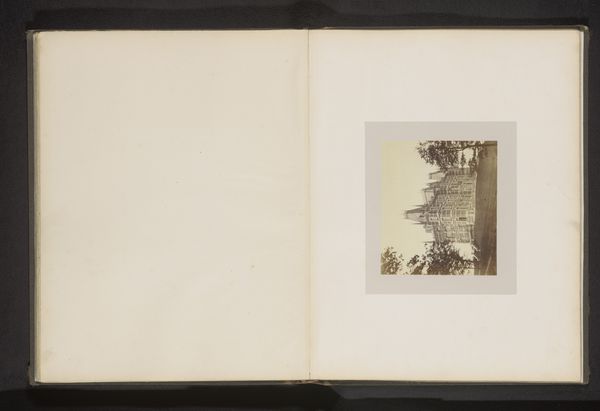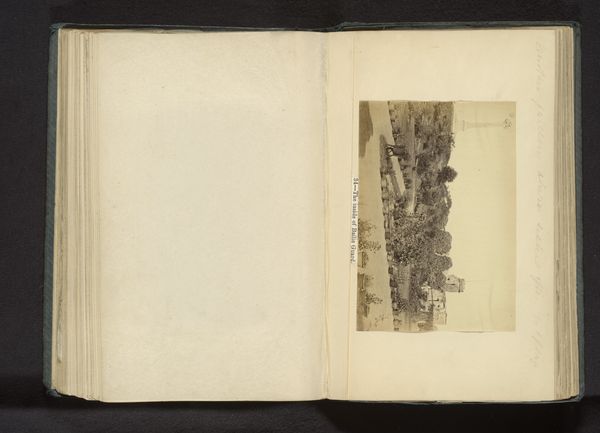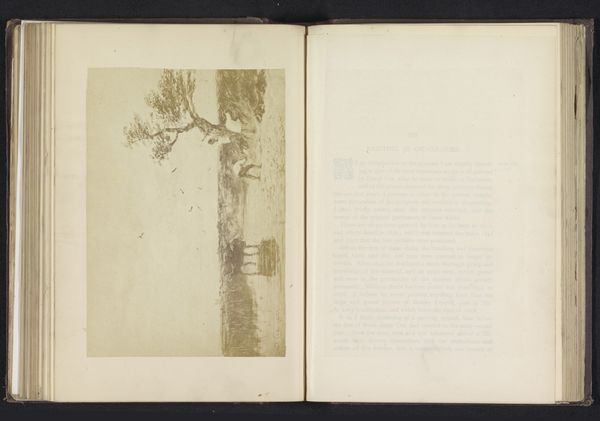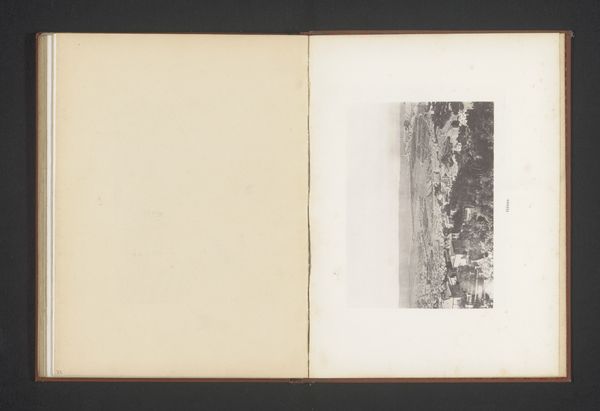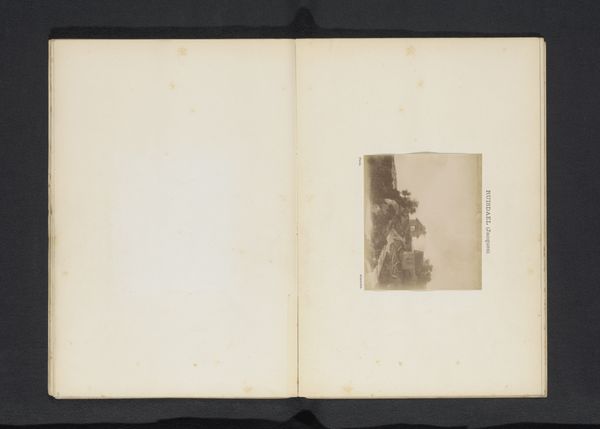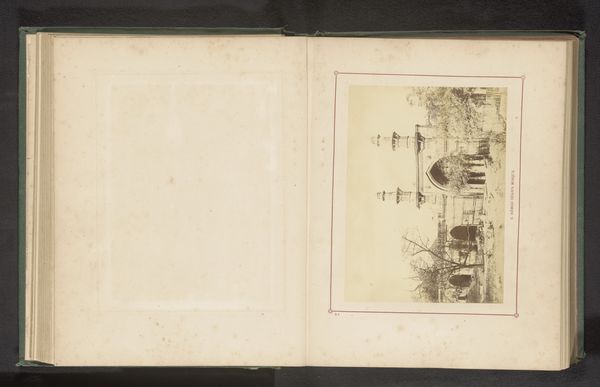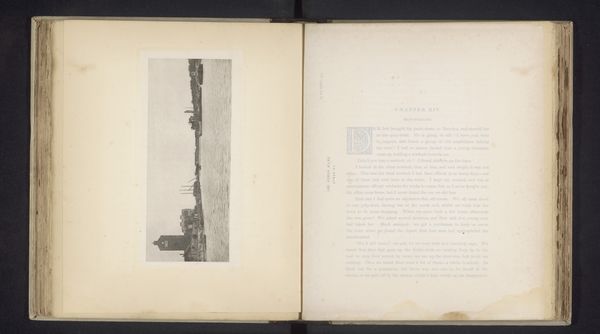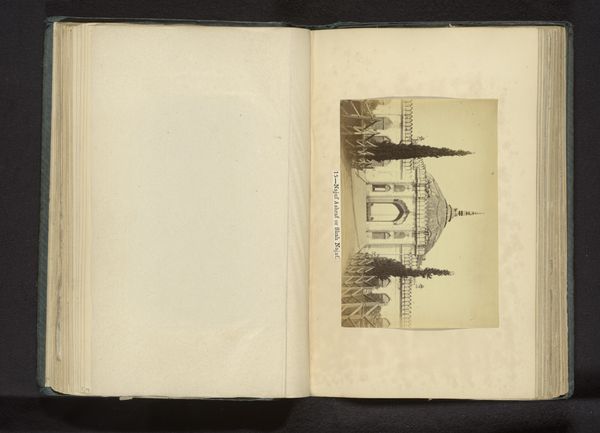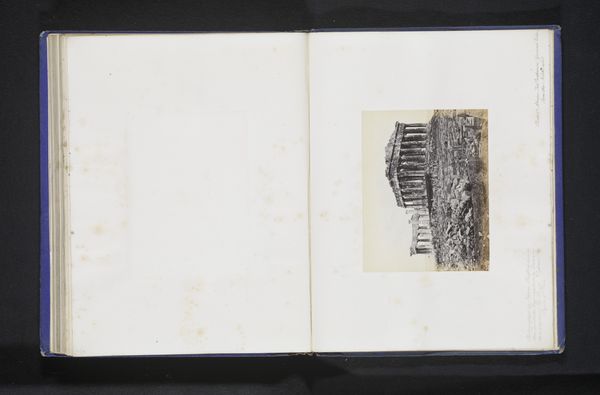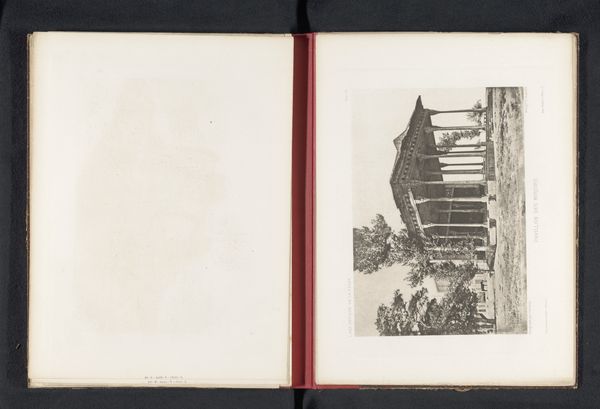
drawing, paper, ink
#
portrait
#
drawing
#
landscape
#
paper
#
ink
#
coloured pencil
#
genre-painting
#
academic-art
Dimensions: height 67 mm, width 113 mm
Copyright: Rijks Museum: Open Domain
Curator: This piece, "Cavalerie op verkenningstocht", which translates to "Cavalry on reconnaissance", is believed to be crafted before 1888, by Albert Londe. What strikes you first about this work? Editor: The austerity! Looking at it, I'm thinking about the materials here, the paper and the ink seem like raw matter rendered into an almost industrial scene—all those figures seem like part of a bleak, mechanised formation. Curator: It’s interesting you focus on the 'industrial.' I am drawn more to how the imagery speaks to the political landscape of its time. This era saw increasing military prowess being demonstrated and projected, doesn’t it? The drawing can be interpreted as reflecting the martial anxieties and ambitions bubbling beneath the surface of late 19th-century society. Editor: Perhaps. I think we also need to consider how accessible art like this was, and to whom. These prints or drawings circulated widely, offering not just propaganda, if that was the intent, but also fulfilling a material need, in terms of everyday visual culture for a broad populace. Curator: Absolutely. And while considering consumption, it’s worth considering the stylistic conventions that helped frame the meaning. Londe's deployment of academic art, with its meticulous detailing of uniforms and equestrian form, does embed the subject within a tradition of glorifying the military elite. This is all the more powerful when reproduced en masse, shaping public opinion. Editor: It is the use of ink, and that subtle wash in the artwork’s aesthetic. Consider the process of ink-making at the time, a craft in itself – a tangible product created to depict often intangible notions of national might or prowess. How often is ink employed like that afterward? Curator: I see your point. Examining the raw materials connects us more viscerally to the era's realities. However, it would be naive to dismiss the ideological project interwoven with Londe's artistic endeavor, particularly in reinforcing certain societal power structures. Editor: Maybe that is too simple, however, I find understanding the object’s crafting roots you in the lived world from which such symbols arise. In doing that, one perhaps learns just where, and what power lies, wouldn't you say? Curator: In its very own way, you bring a vital counterpoint—a critical materiality—which, at its base, grounds these sweeping historical interpretations. This is also key when appreciating Londe's efforts here.
Comments
No comments
Be the first to comment and join the conversation on the ultimate creative platform.

